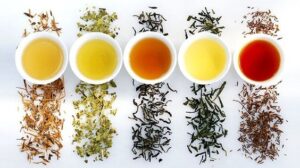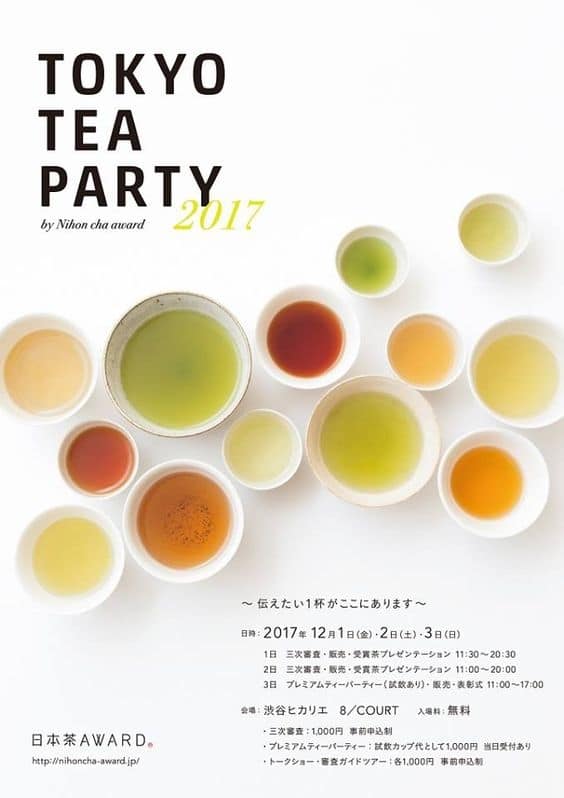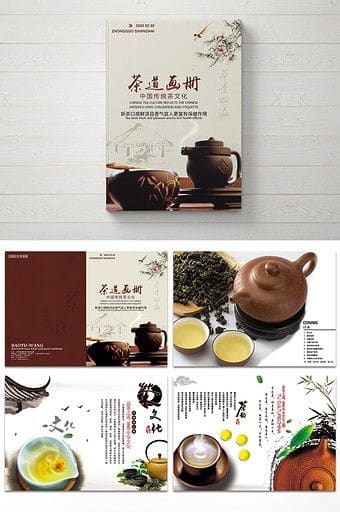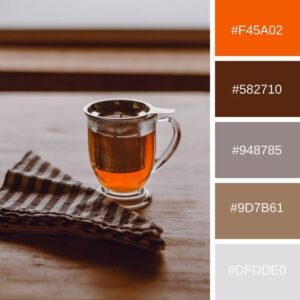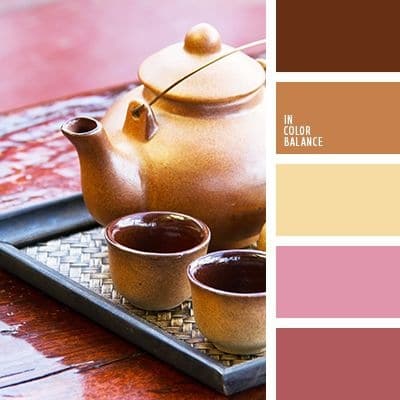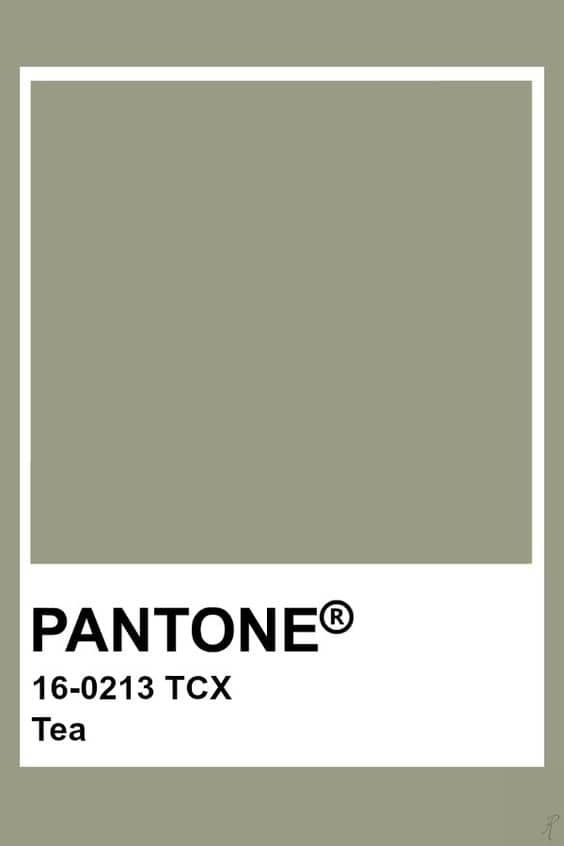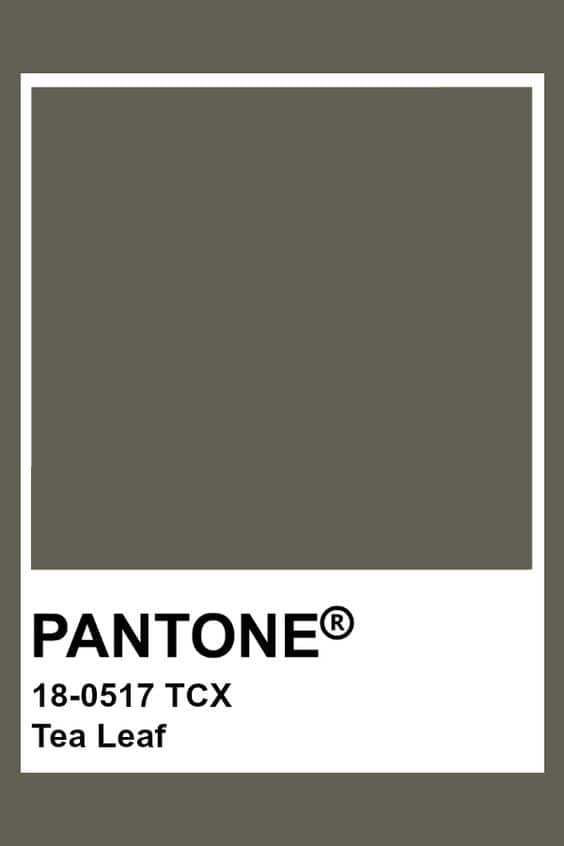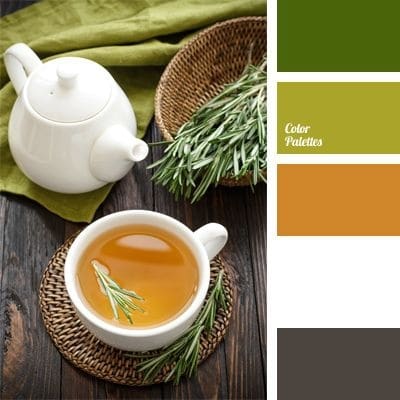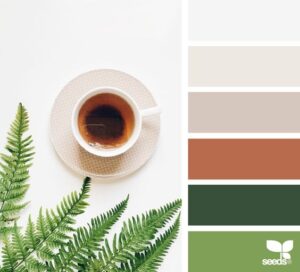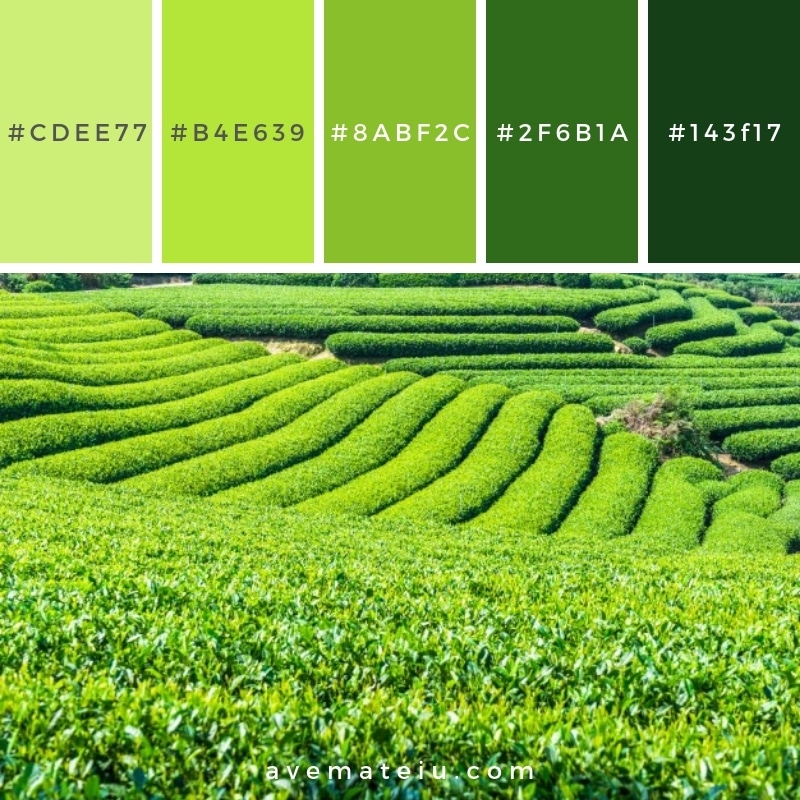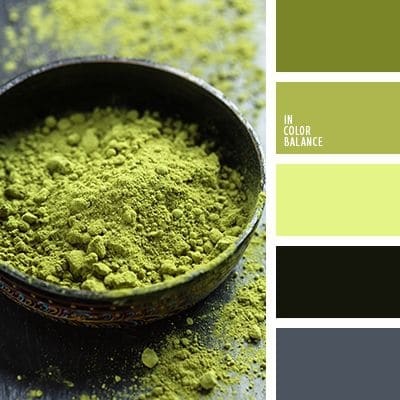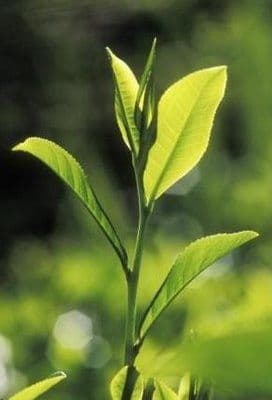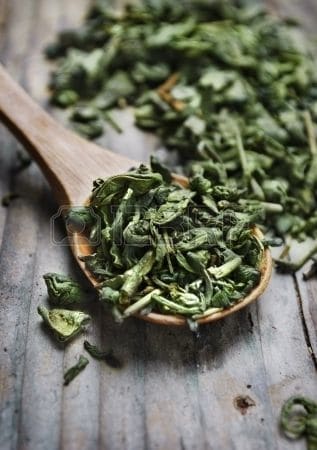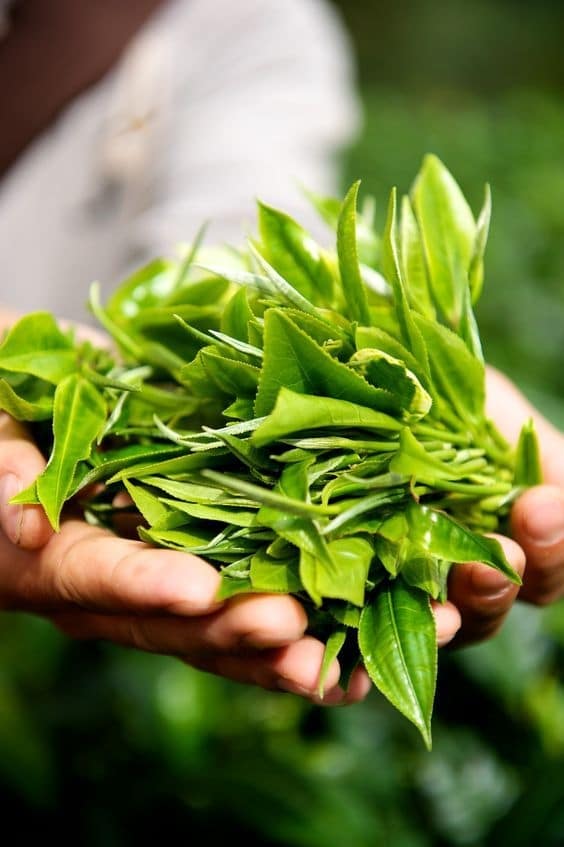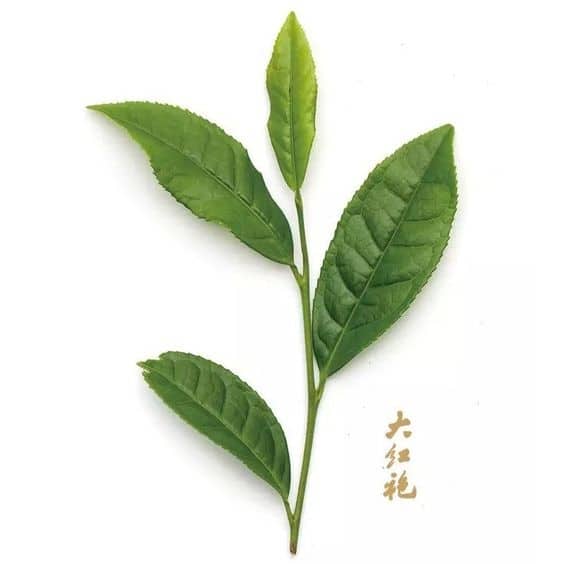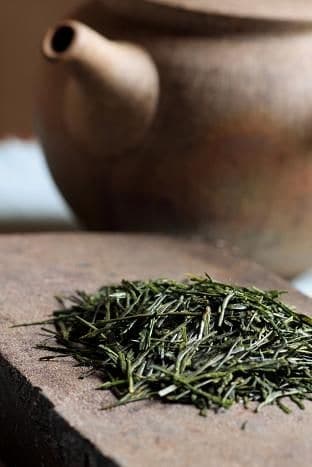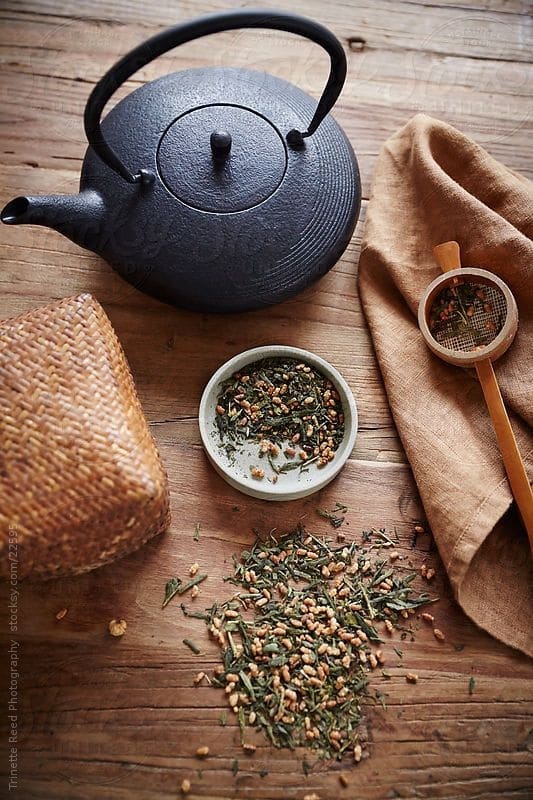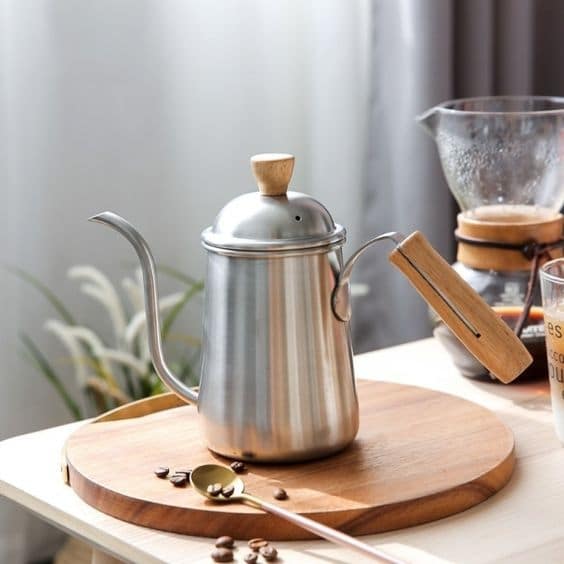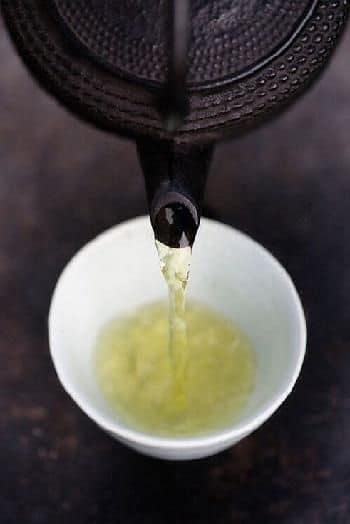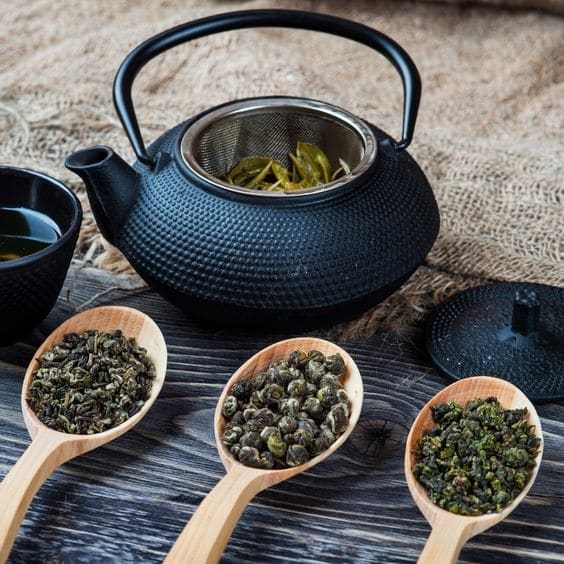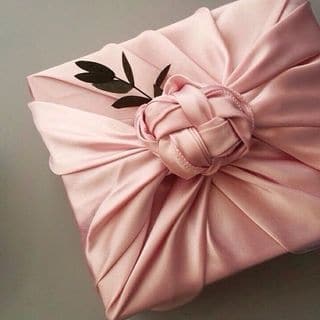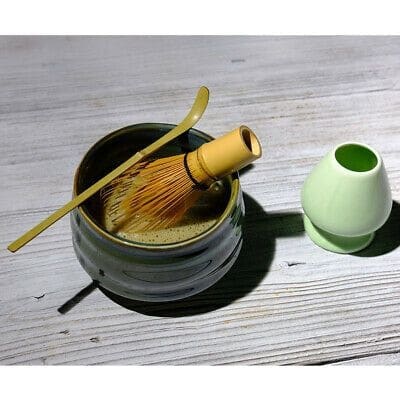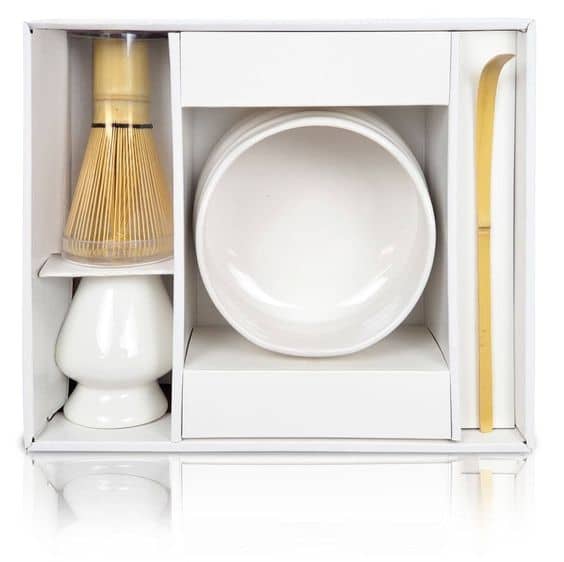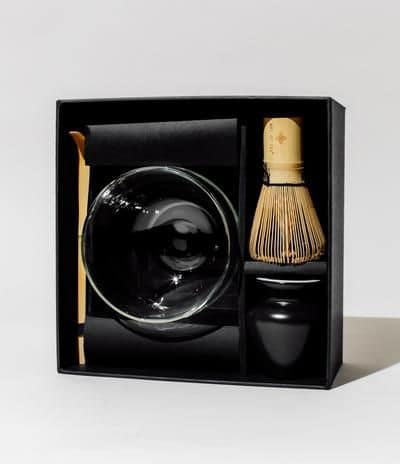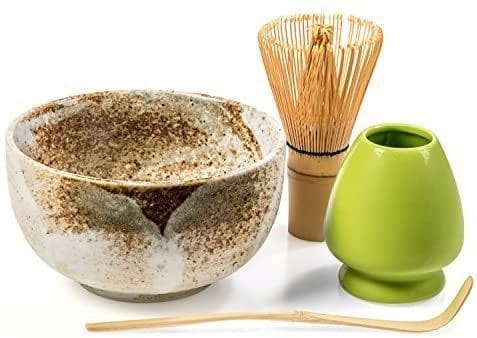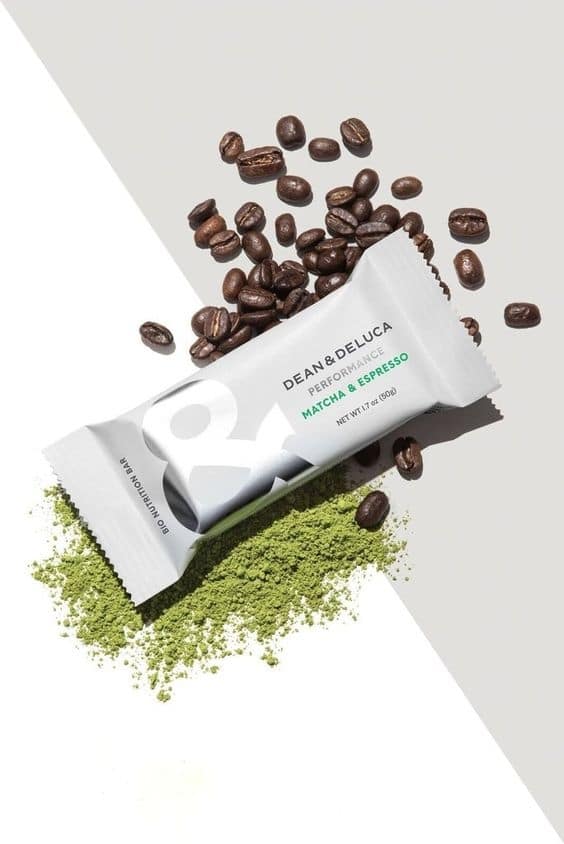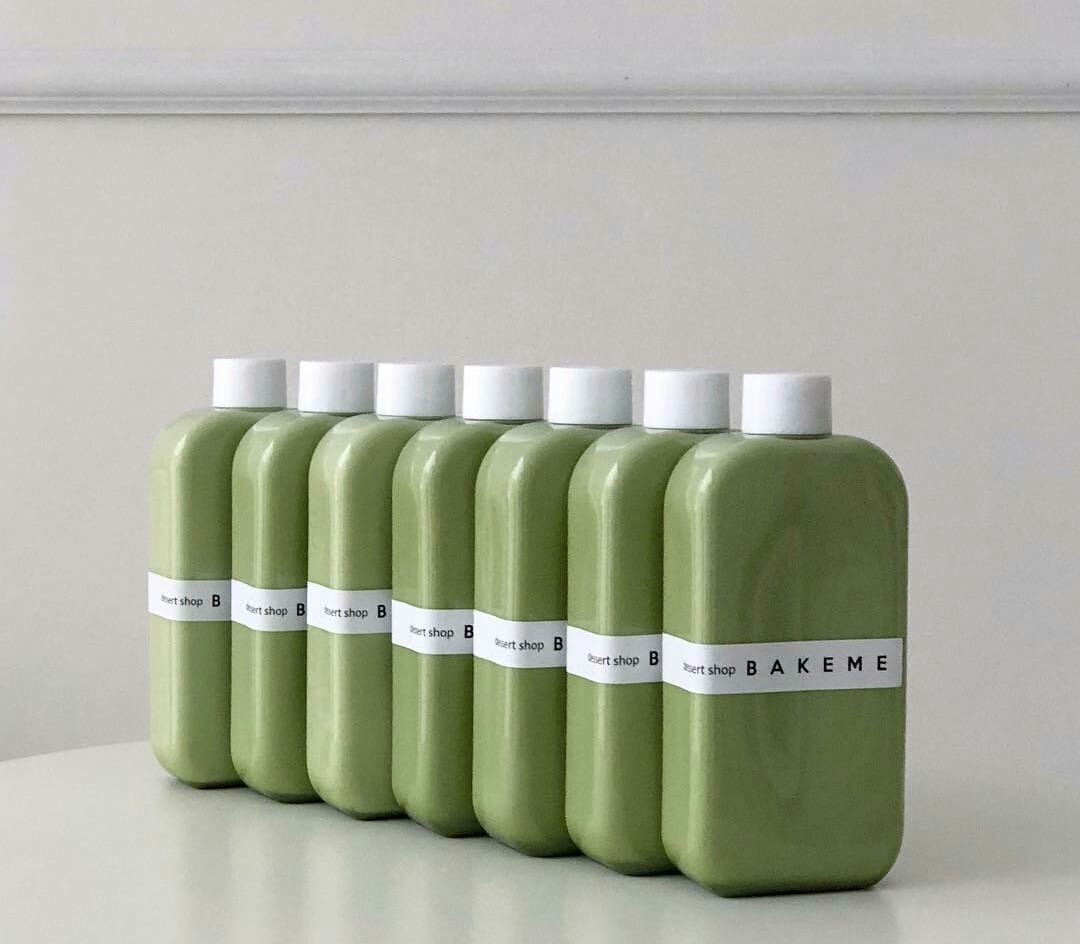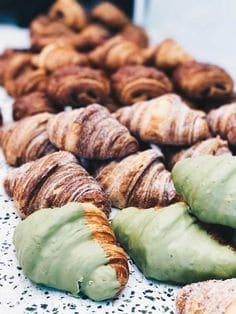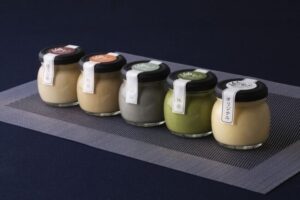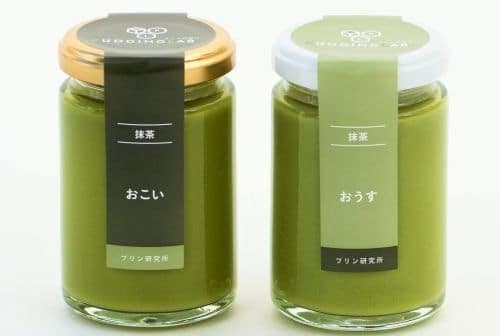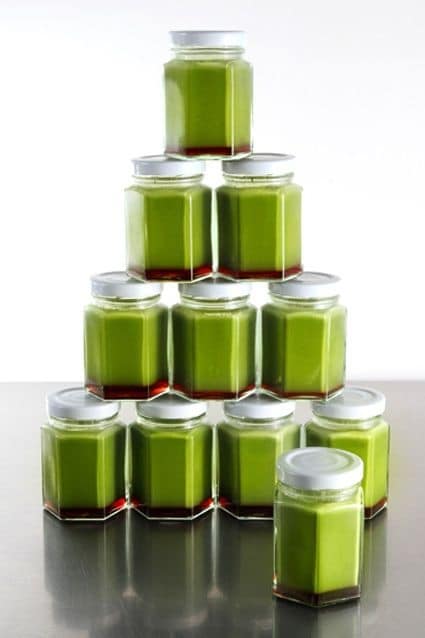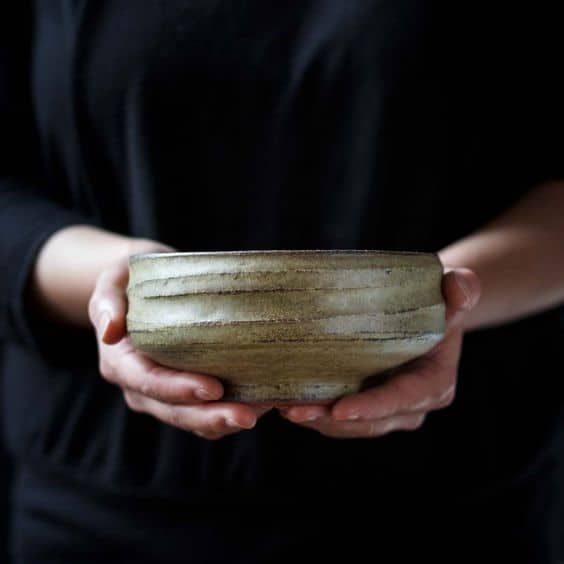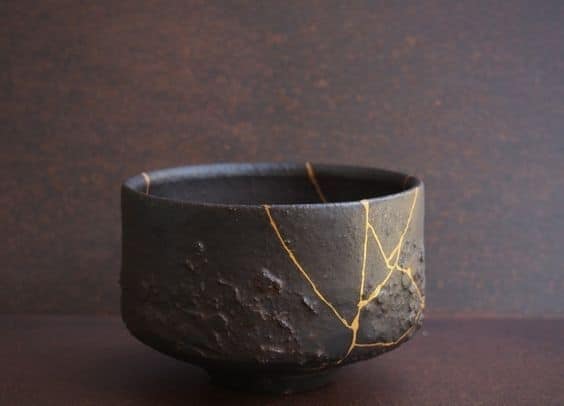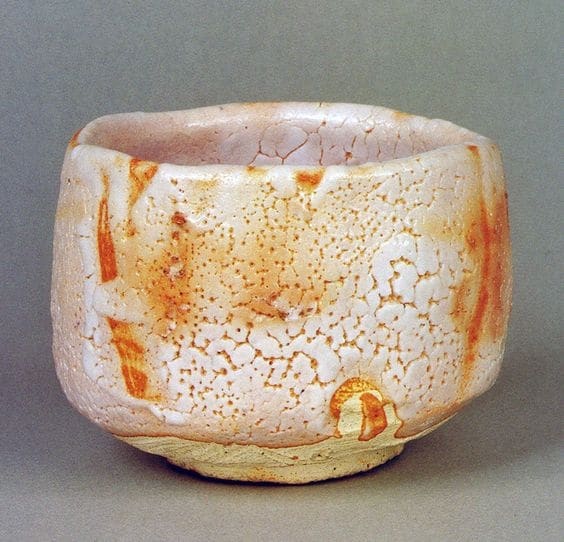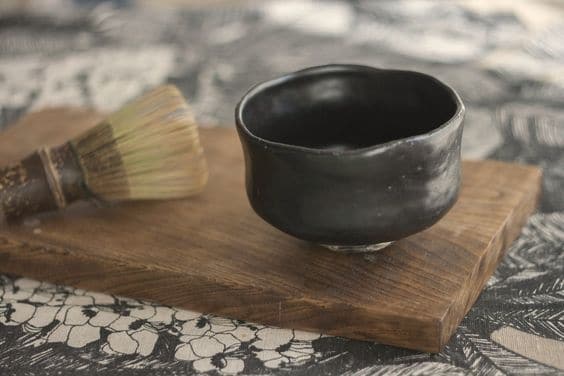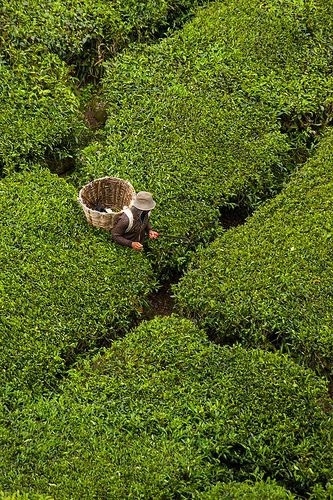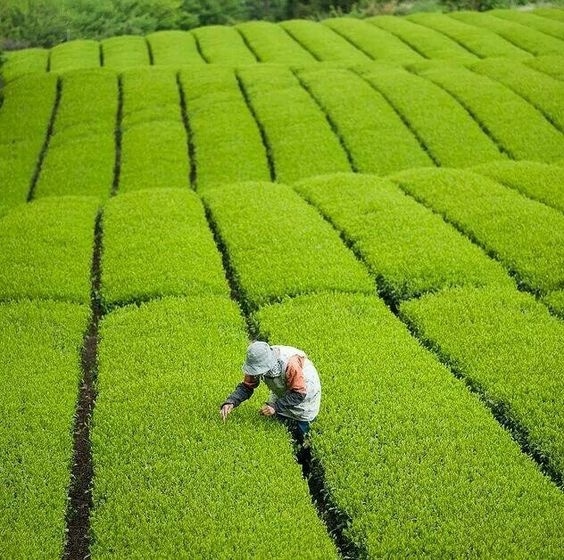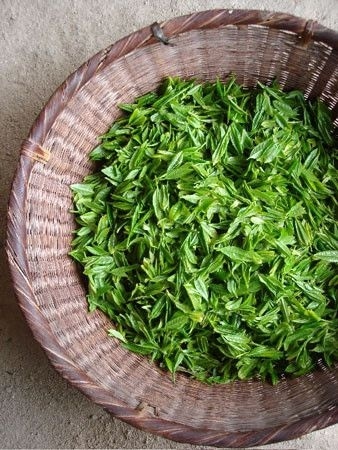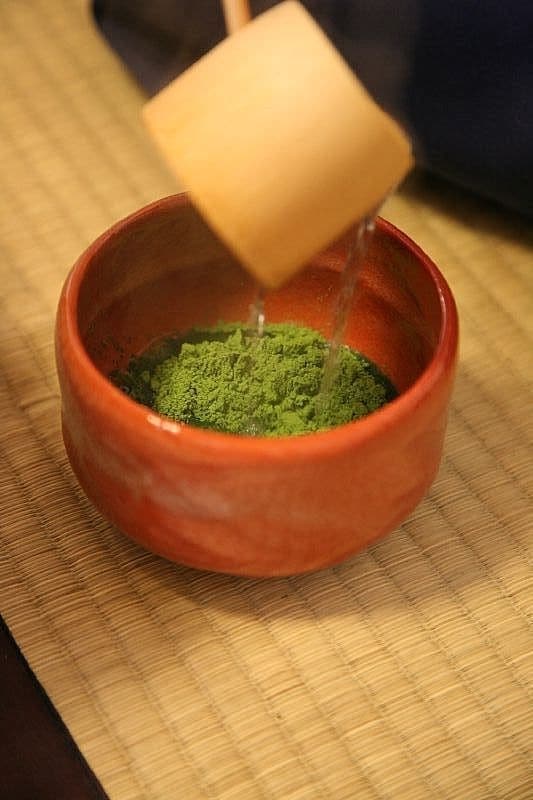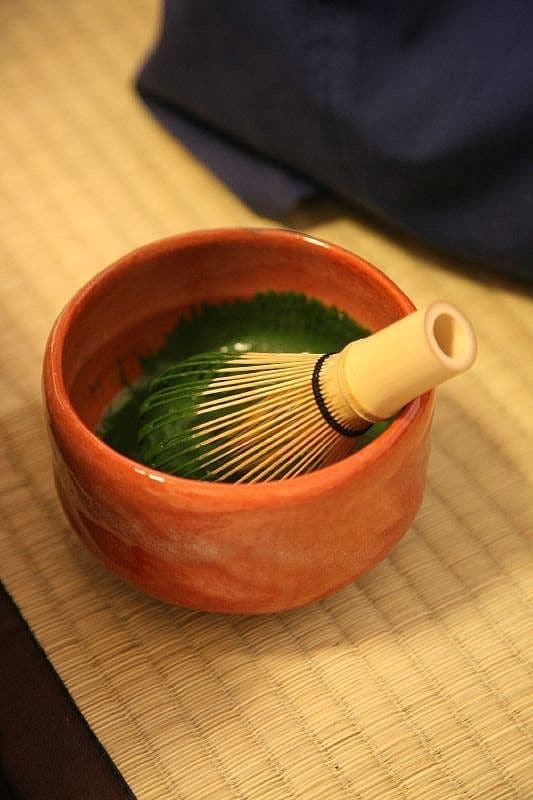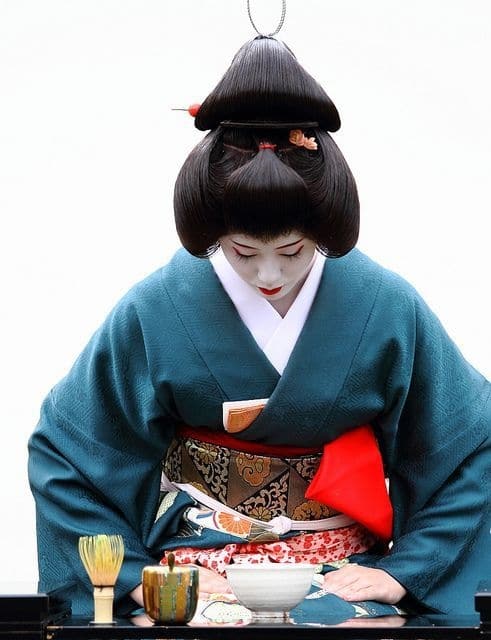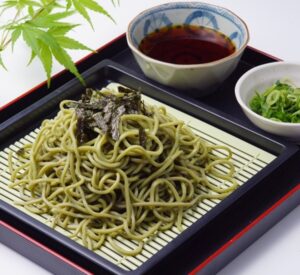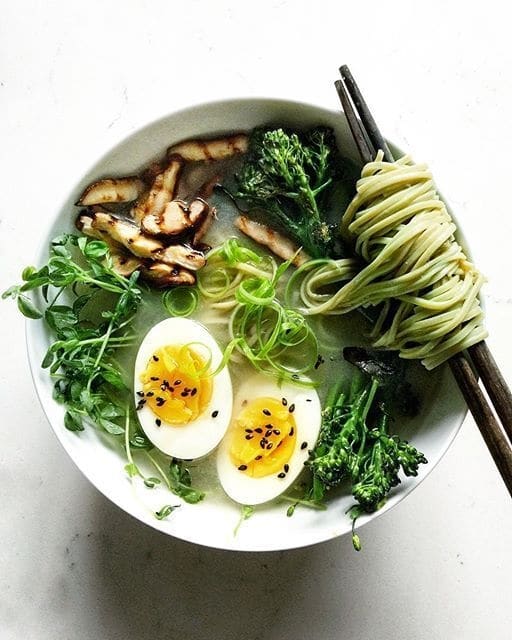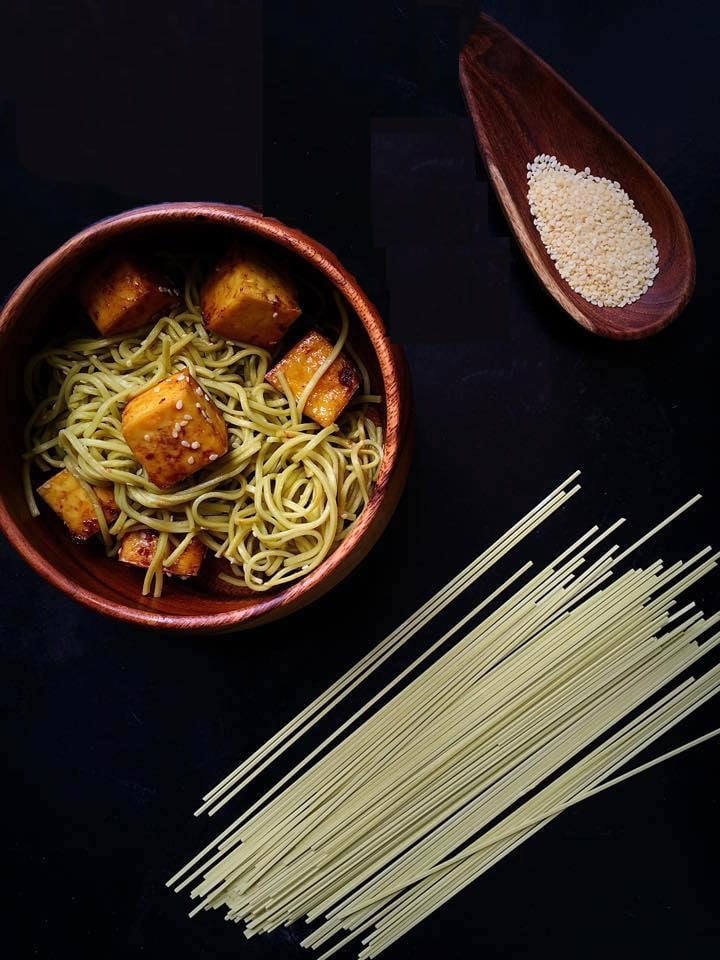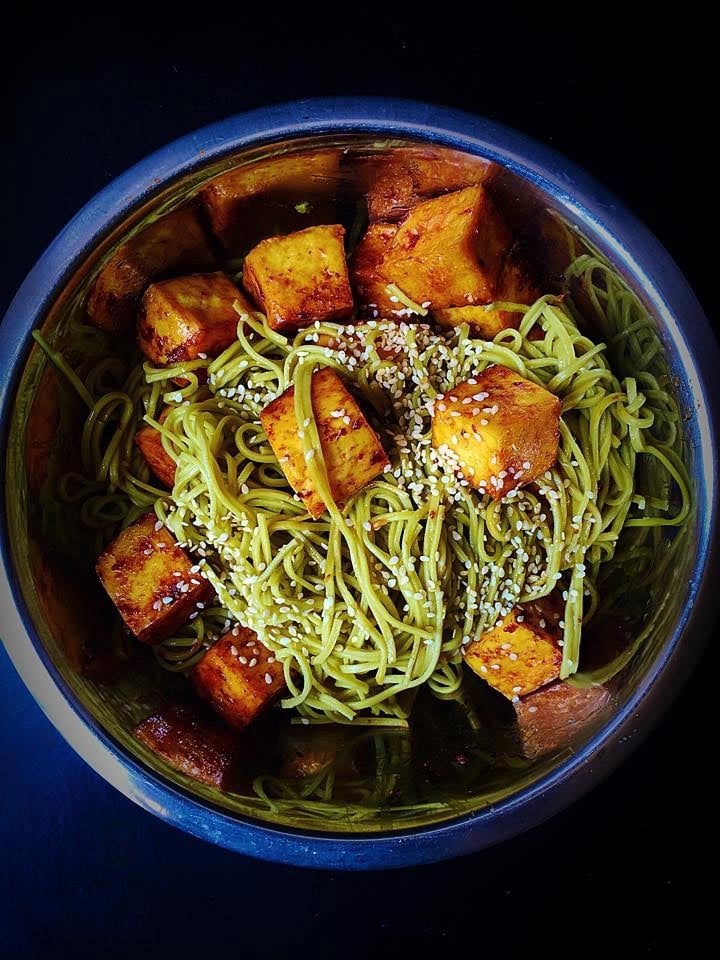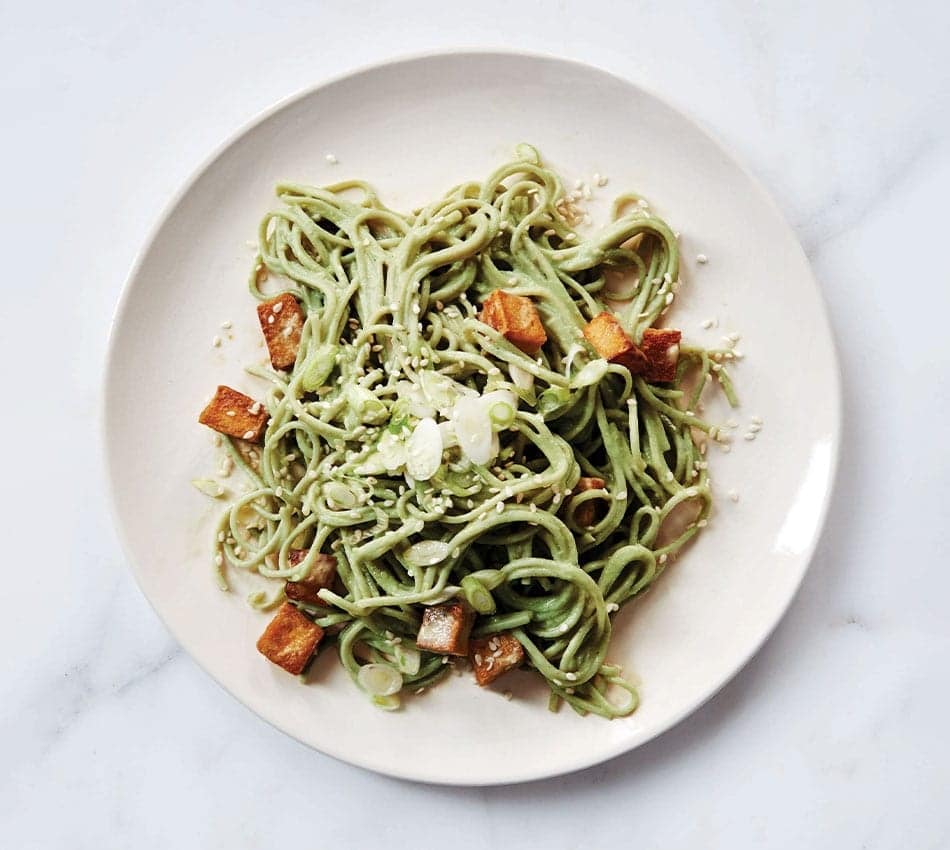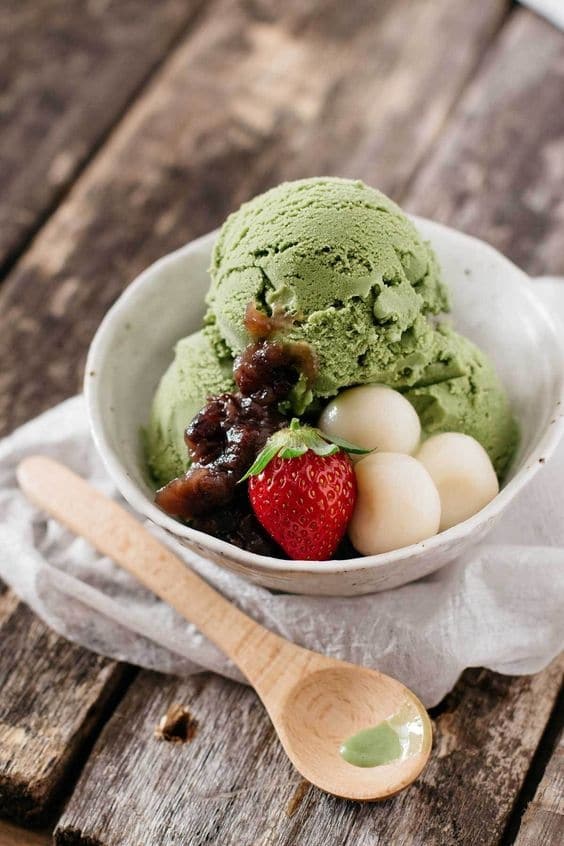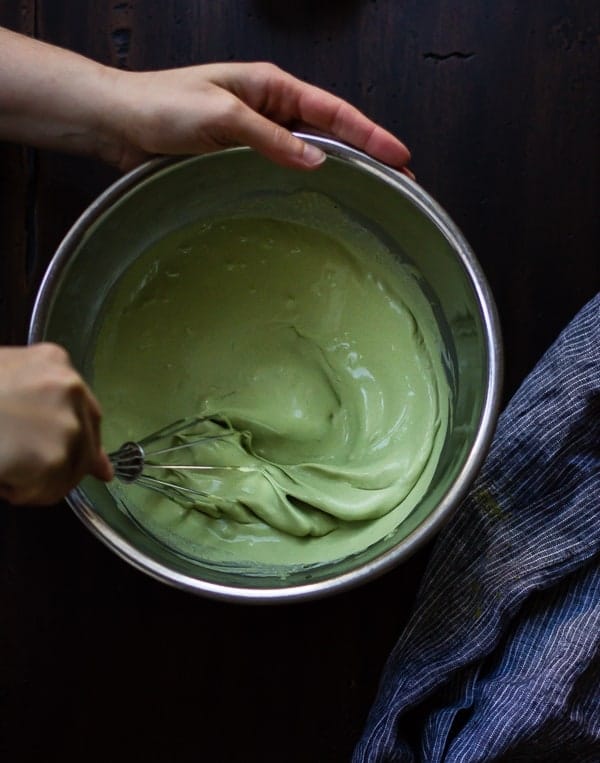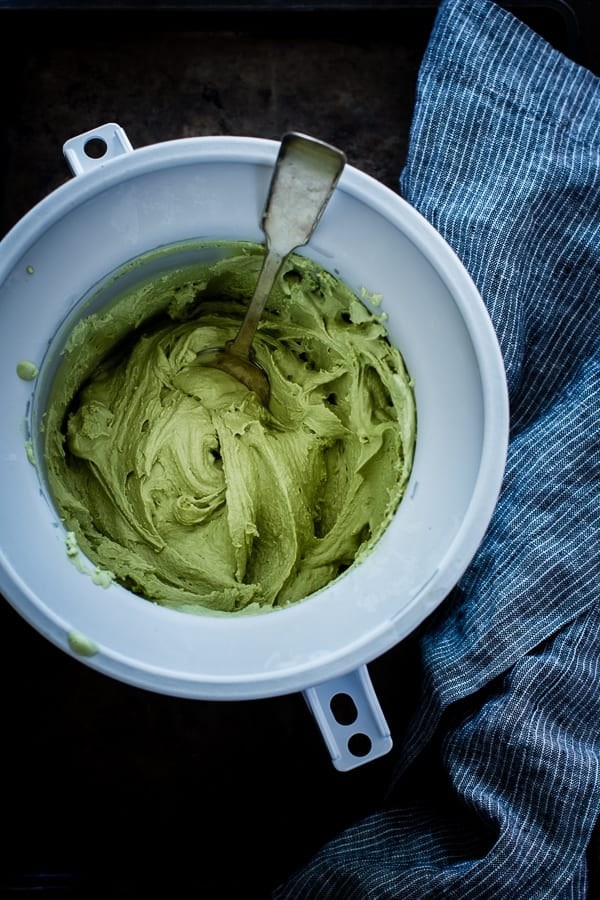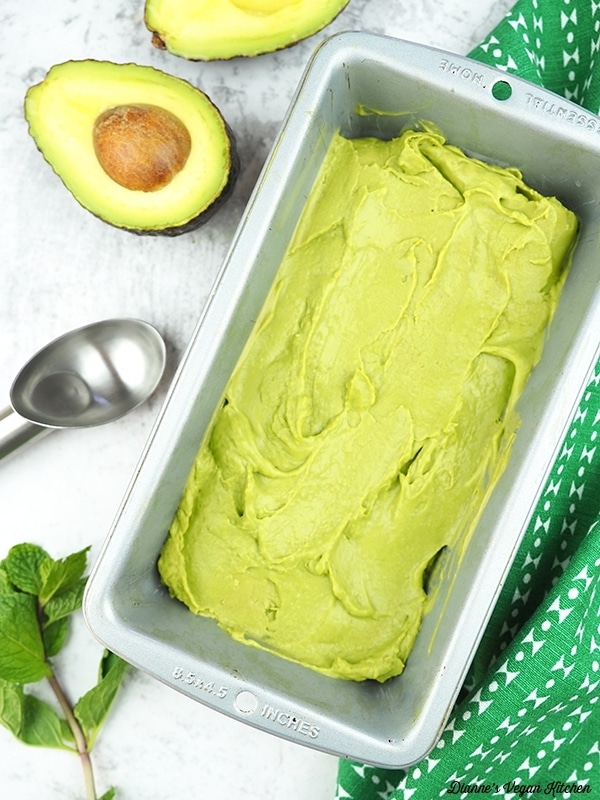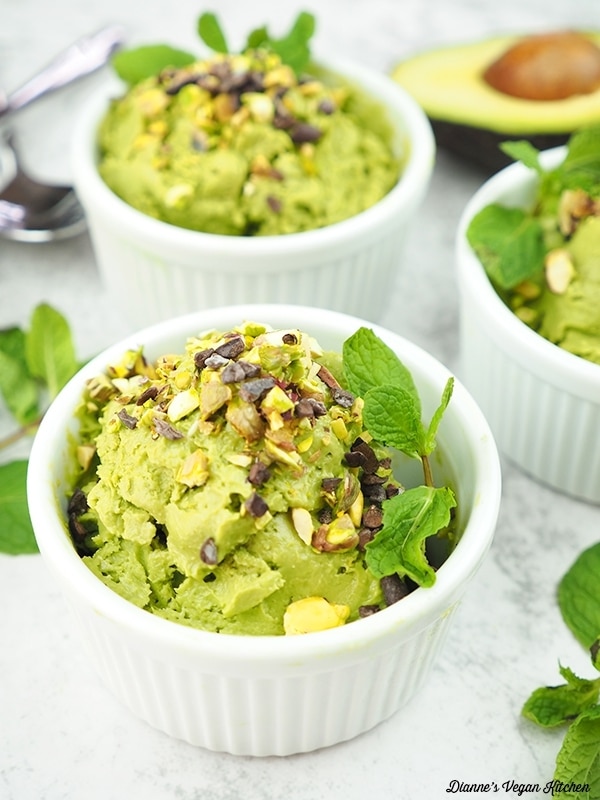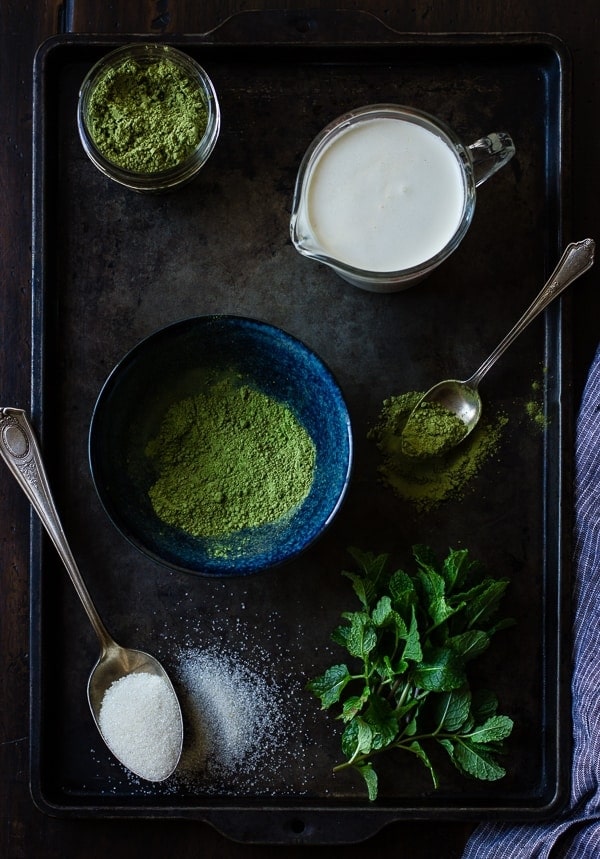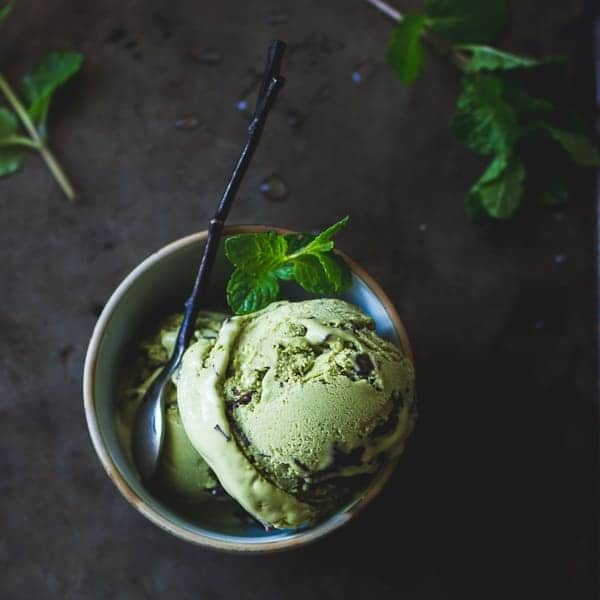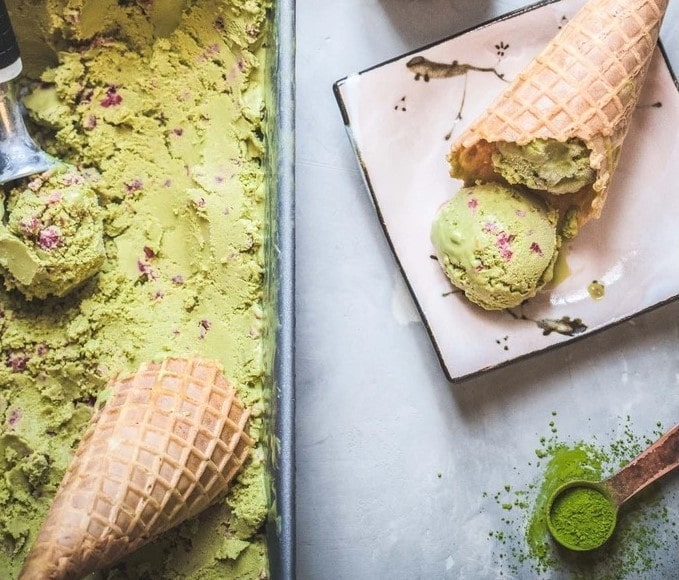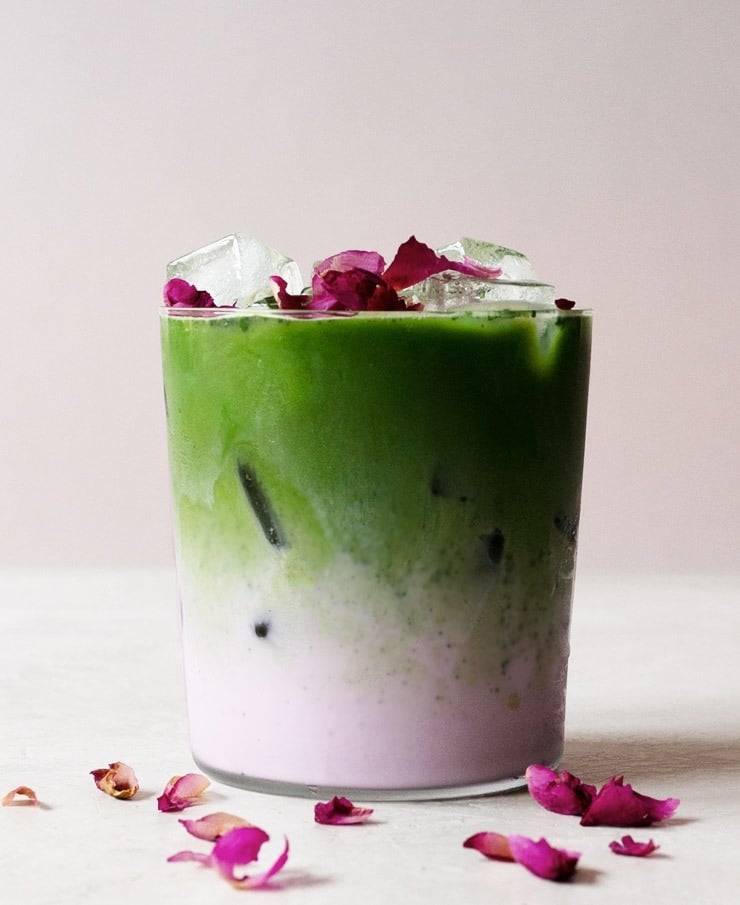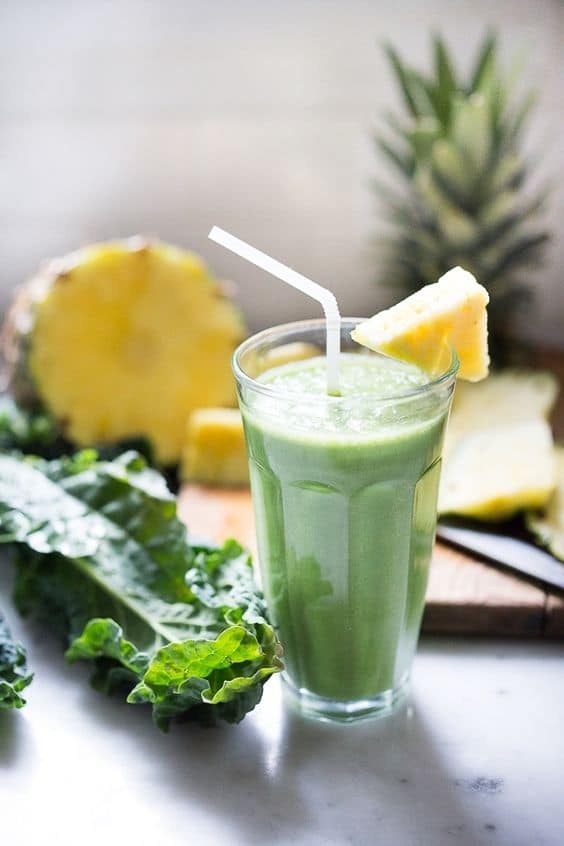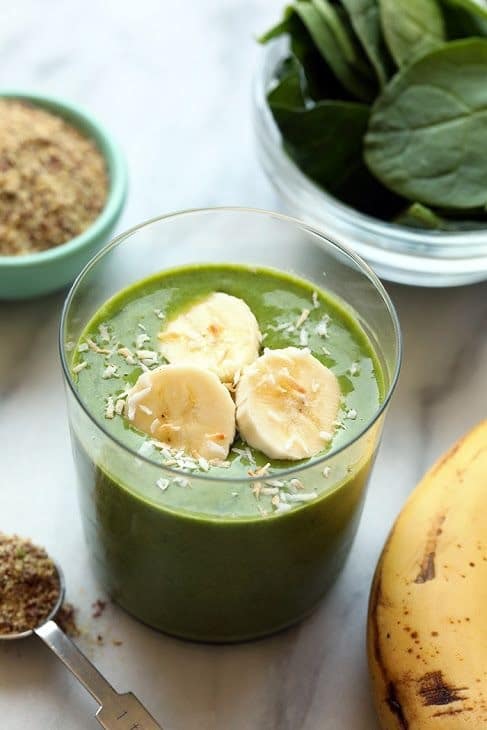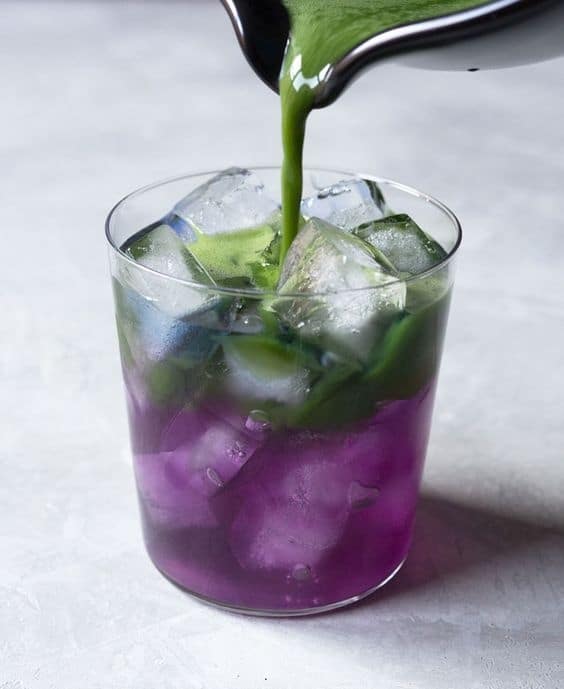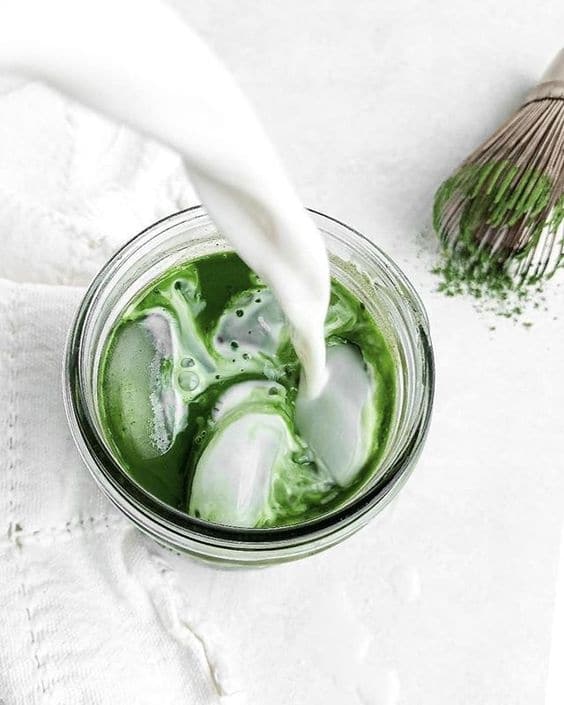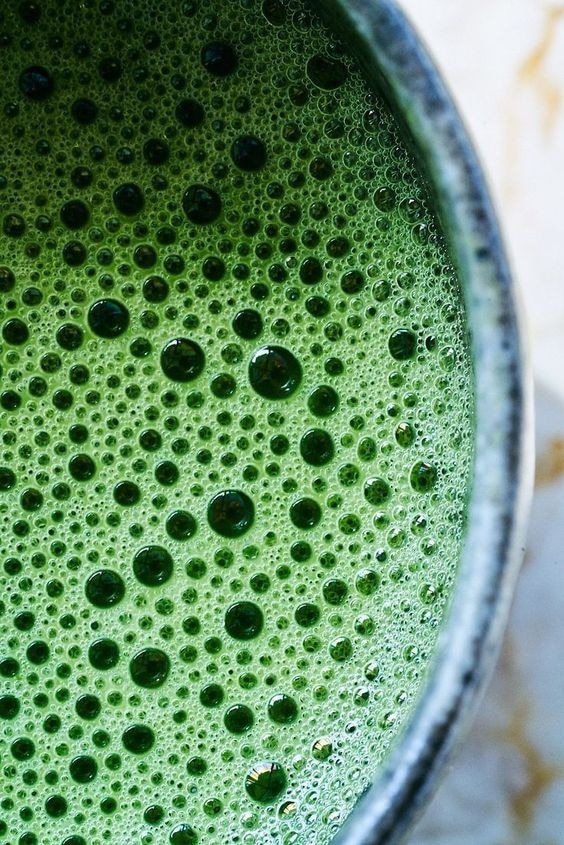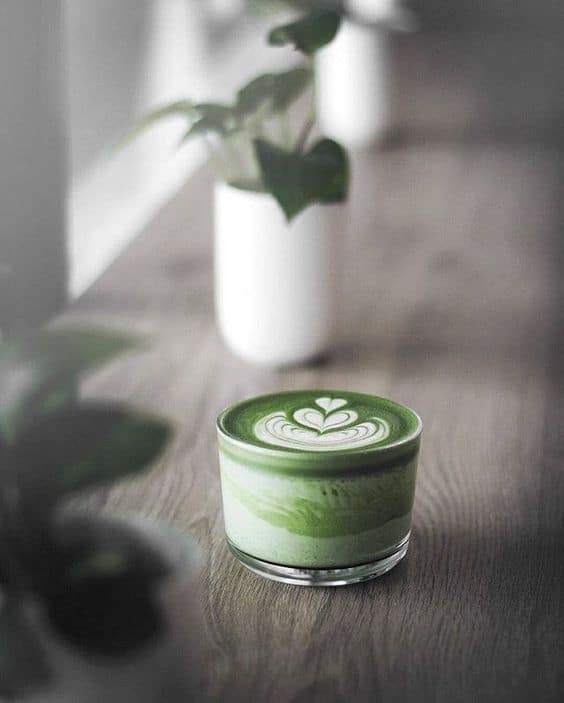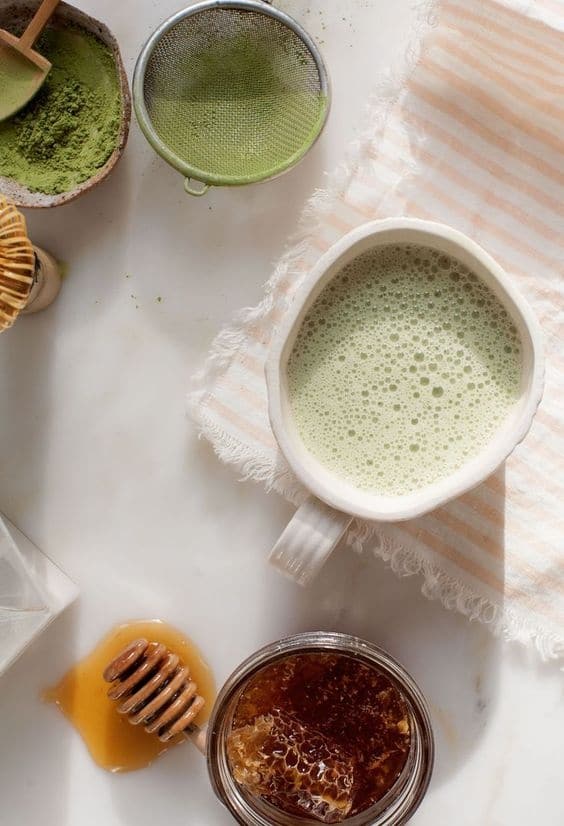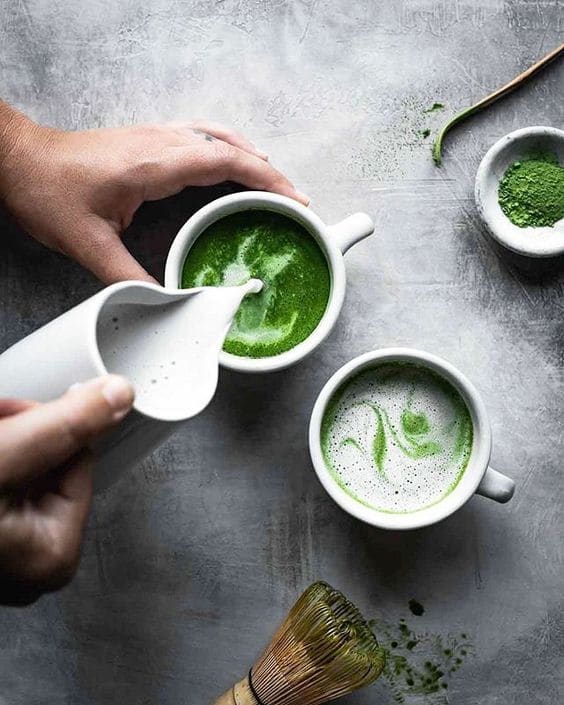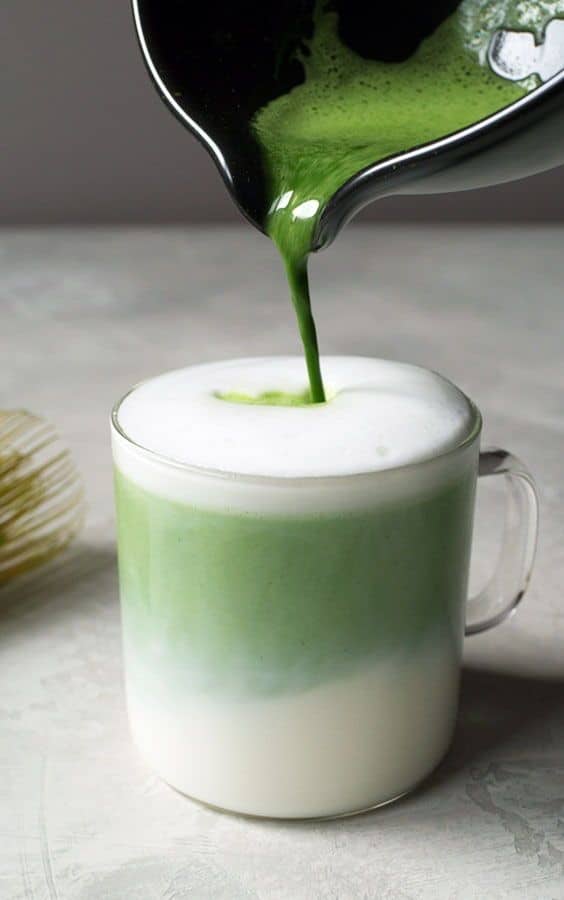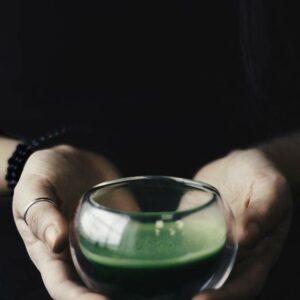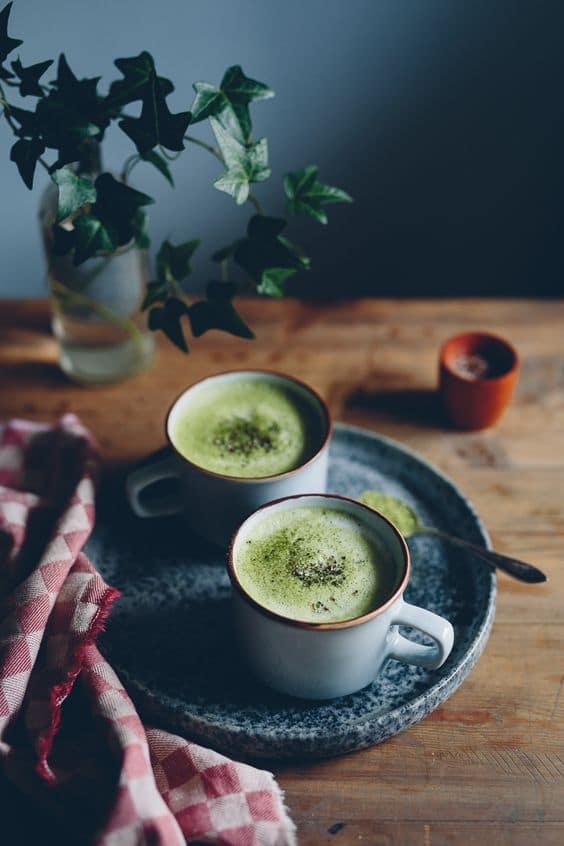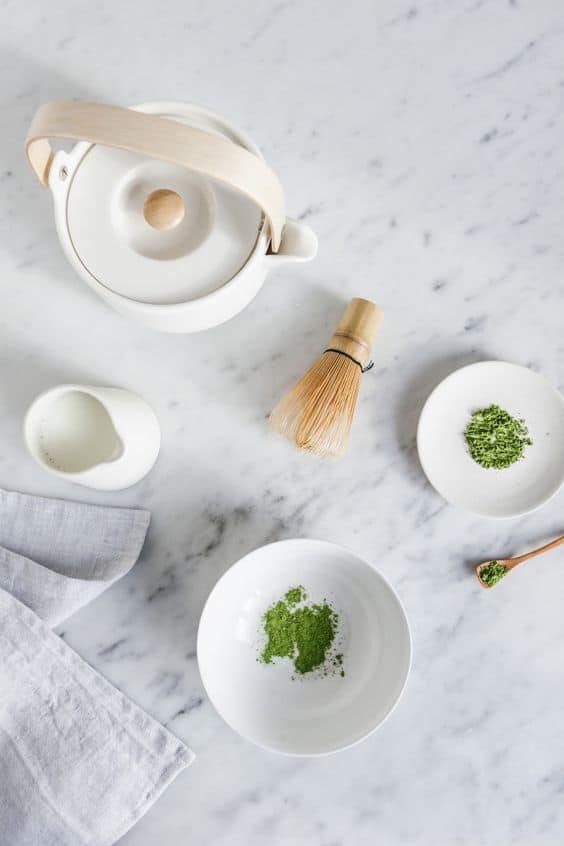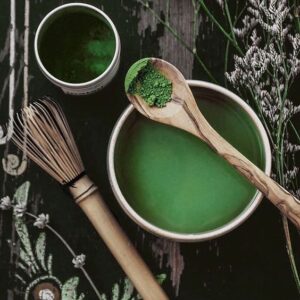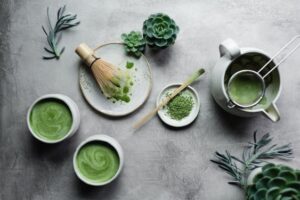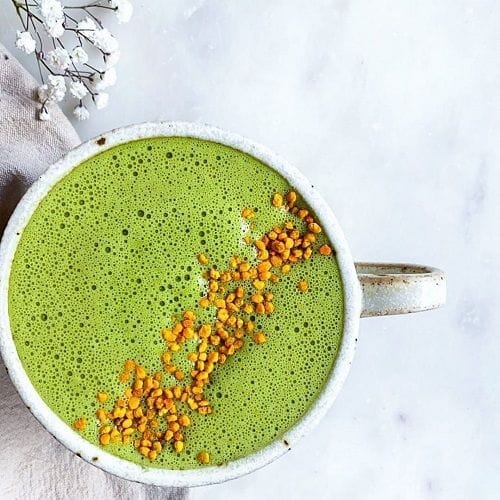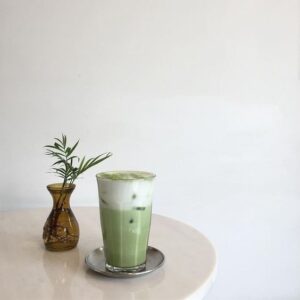When it comes to cookies, the most basic bakery product that is easy to make. This can be seen from the current situation where many people have started to open their ovens to sell their products, to the point that customers themselves do not know which shop to choose from. Therefore, in order for us to have a bakery that is different from other shops, putting in creative ideas is something that must be taken into consideration at every step.
Start with making regular matcha butter cookies that can be easily differentiated from other shops by simply adding designs by coating them with chocolate or white chocolate, sprinkling them with a little more matcha powder or sprinkling them with chocolate chips, and decorating them with edible flowers. This creates a difference that makes plain matcha cookies look more valuable.
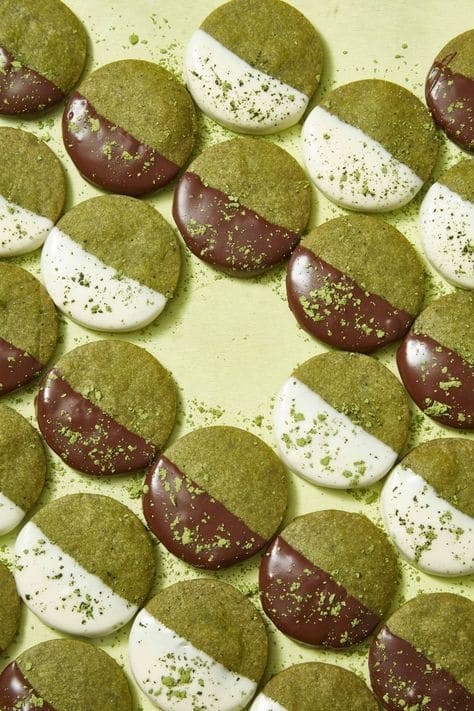
In addition to adding toppings on plain green tea cookies, adding colorful ingredients to a single cookie is another idea that some beginners don’t dare to do. The reason is that they’re afraid that the taste and color won’t be beautiful and delicious. So they focus on making separate flavors. But if you already have some skill, it’s recommended to mix several flavors together. It will make that piece of cake more dimensional.
In addition, if anyone has the skill to mold, they can also make green tea cookies in various natural shapes, such as leaves or animals, to attract more customers, such as mothers and children.
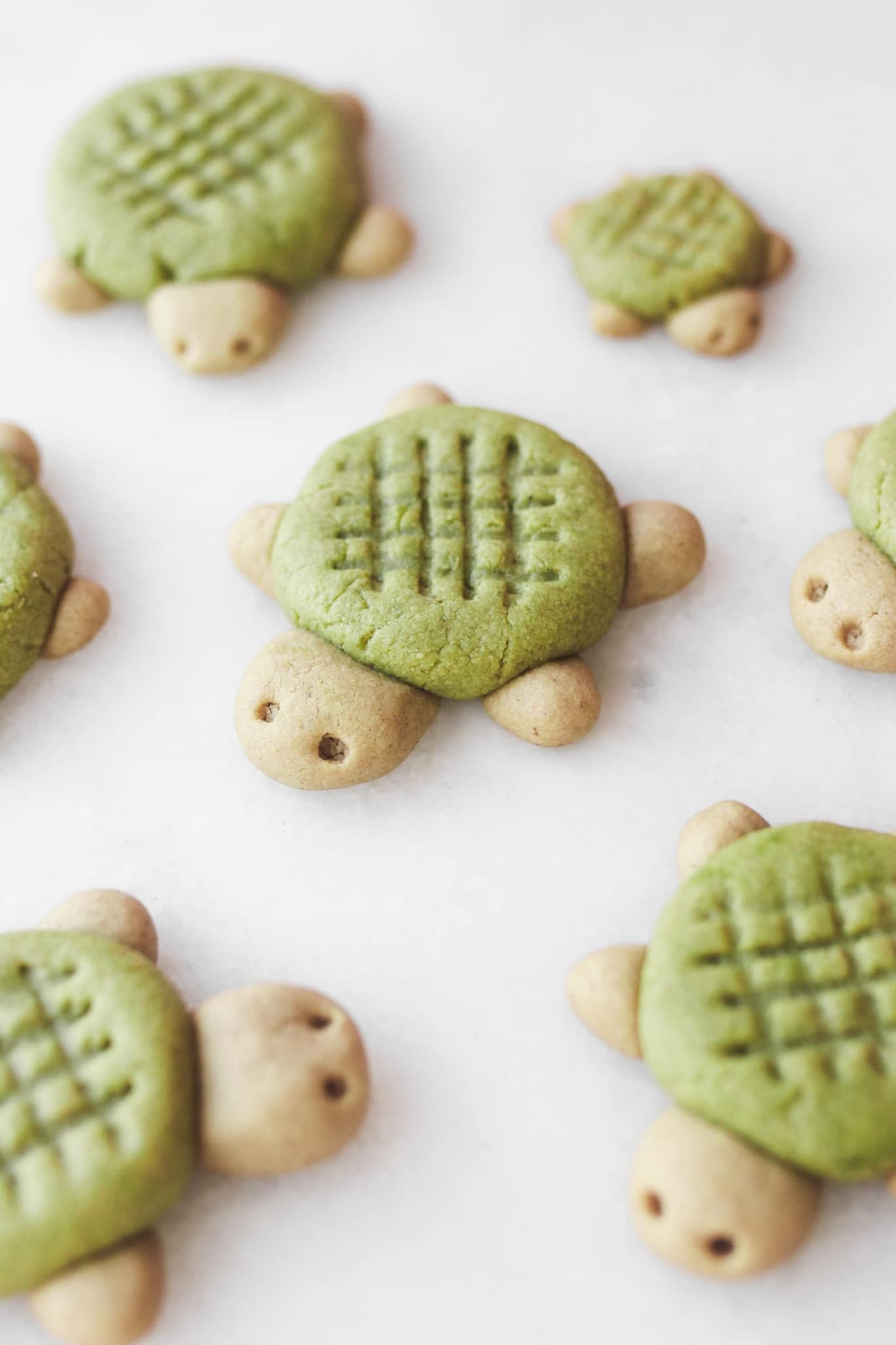
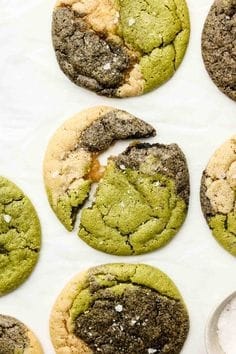
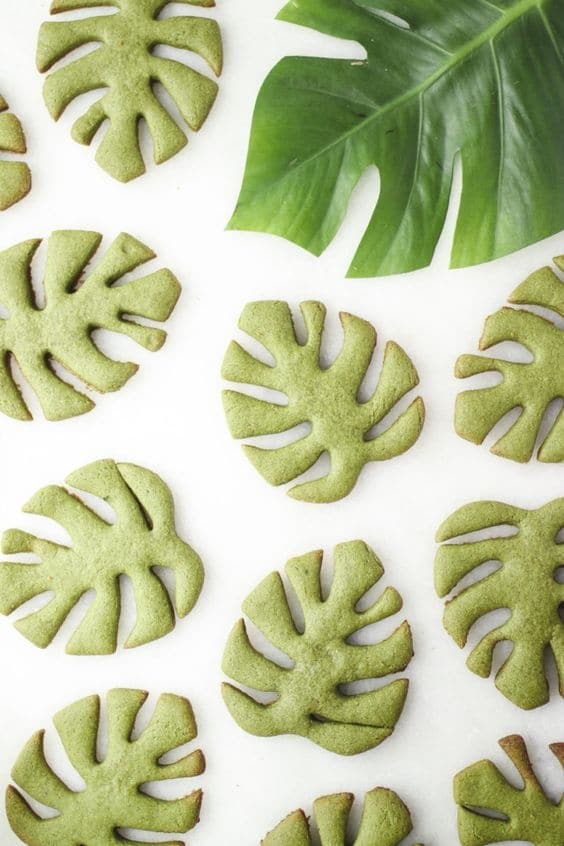
In addition to making cookies with various patterns, another interesting cookie-making style is making matcha mochi cookies.
Green tea cookies with soft and chewy mochi filling are Japanese-style cookies that no other shop in Thailand makes. If anyone is interested in trying to make this menu, let’s take a look at the recipe together……
Start by mixing 80 grams of glutinous rice flour with 80 grams of sugar and 90 grams of water. Mix until well blended and microwave at 600 watts for 1 minute and 20 seconds. Remove and mix until well blended. Microwave at 600 watts for another 10-20 seconds and remove and mix. Roll into a cylinder about 1 inch in diameter. Cut into pieces and set aside to make each piece about 1 cm thick.
Next, make matcha cookies in the style that the shop likes. Just put the pre-made mochi in the middle while molding the cookie dough and bake as usual because the mochi dough is cooked. As for the additional recommended technique, this matcha cookie should use brown sugar to make it even more delicious.
For those who want something different, another way is to make Oreo cookies but put green tea cream filling instead. It is another menu that looks delicious and is not difficult to make. Just use the cookie recipe that the shop already makes and modify it a little.
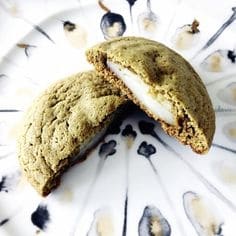

In addition to giving importance to the product itself, the packaging for the cookies should also be different and stand out from others. Most shops like to put them in simple plastic cans or clear bags and stick the shop logo sticker because it is the most economical package cost. But if we add a gimmick to the cookies, or if we add a gimmick by attaching a bow or a cute message suitable for souvenirs, it will help increase the value and make people want to buy more for each other.


We will see in Japan when we go to various places, they will make sweets and stamp them with the branding of that place. For example, at zoos or aquariums, they will make cookies with animal patterns and arrange them in beautiful boxes, making people who visit that place want to buy them as souvenirs.
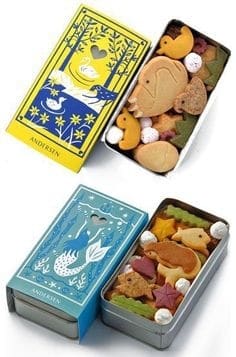
Another way to arrange a serving set that should not be missed is a box set gift box for every festival. It is a very important thing that online sellers should not forget to take into account because customers these days focus on looking at the packaging first. Therefore, if our dessert is delicious, don’t forget to find a chic package to serve the dessert to customers to create another impression on the recipient.



Source
https://raineorshinecakery.wordpress.com/recipes/cookies/matcha-moochie/
https://veggiekinsblog.com/2019/05/25/matcha-monstera-cookies/
https://www.pinterest.com/pin/811562795335676576/
Article from: Fuwafuwa

